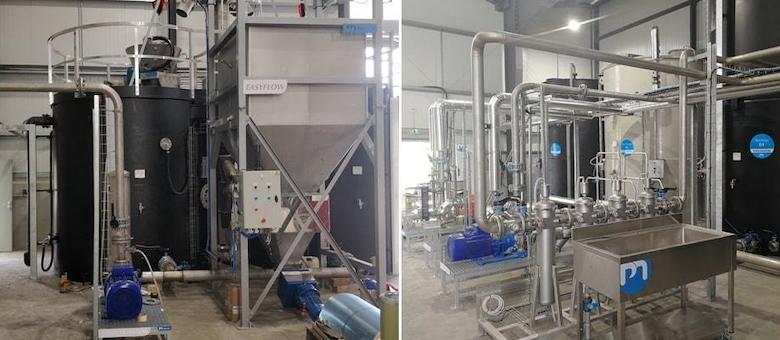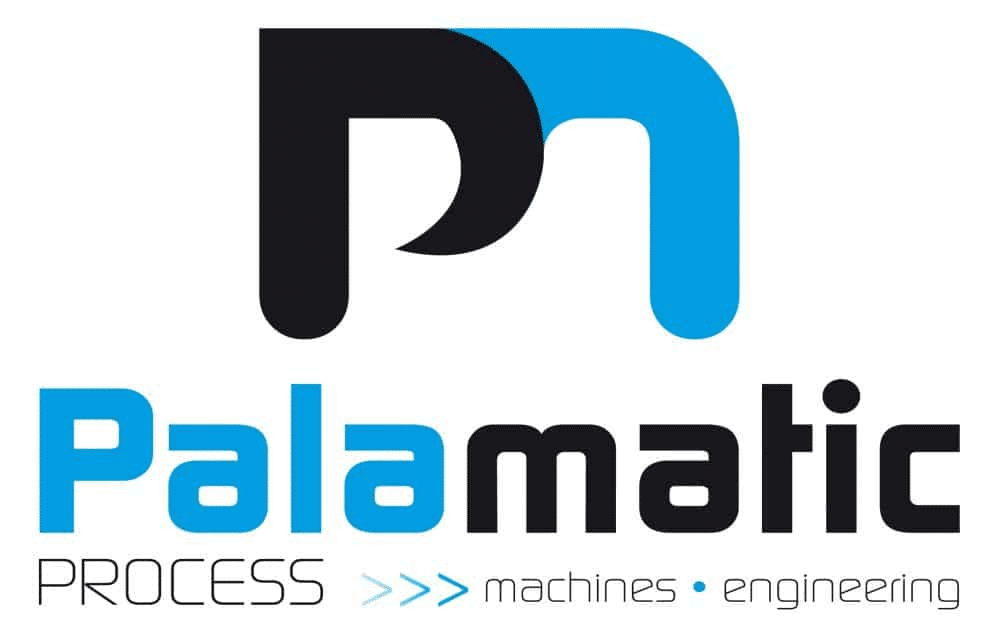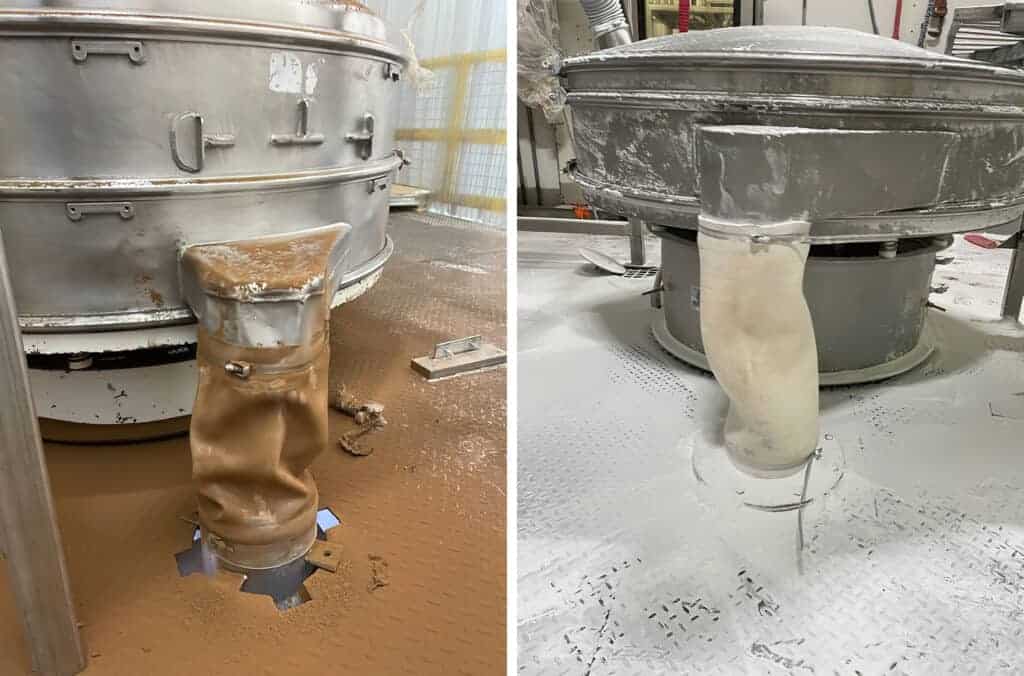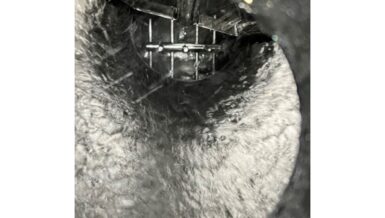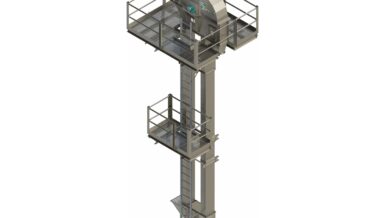For several years Adblue has imported and delivered liquid urea to power plants. Our customer approached Palamatic Process to study the feasibility of manufacturing liquid urea at their facility and avoid the logistics of importing the product. The study, carried out by Palamatic’s engineering team, showed that it was ecologically and economically preferable to make this investment.
Liquid urea or AdBlue is used in combustion engines or industrial combustion plants to reduce emissions of nitrogen oxides (NOx). This process is called selective catalytic reduction (SCR) and converts NOx into nitrogen dioxide N2, water, and carbon dioxide CO2.
After the Preliminary Project Summary (PPS), it took several months of studies and manufacturing to achieve the FAT in our workshops. After validating the proposed automation system for this process, the Palamatic Process team was commissioned to install this equipment on site. Our automation specialists finished with the commissioning of this production unit for AUS 32, AUS 36, and AUS 40 and also assisted with the validation of the fully automated operation (SAT).
The 500m² facility consists of the production unit, polypropylene and HDPE storage tanks, and storage of solid urea bulk bags.
The water is treated by an osmosis unit to obtain demineralized water, which is essential for the production of AdBlue. The material is then stored for process purposes. Heating is carried out by a combination of high-efficiency heat pumps and solar panels, which are specially designed to withstand tropical storms. The hot water storage silo is equipped with an immersion heater to maintain the tank temperature. The piping, entirely in 316L stainless steel, was made by a local partner specializing in food-grade welded piping.
The heart of the process is the dissolution of urea to produce AdBlue and AUS 40:
- Water is injected into the tank and a flowmeter provides real-time information on the quantity of osmosis water injected. Temperature sensors are used to manage the heat of the injected liquid.
- The urea is precisely dosed by a system where the opening and unloading of carbamide bulk bags is conducted by a bulk bag emptying station with cutting knives. An IoLink luminous cylinder shows the user the quantity of urea remaining in the buffer hopper. A lump breaker guarantees the absence of lumps in the product via stainless-steel blades. The feed of the weighing hoppers is conducted by a cascade of tubular screws and a bucket elevator. This modular conveyor system allows the powder to be transported over a long distance and significant height.
The urea dissolving tanks are provided with vertical agitators with anti-vortex blades. These urea mixers guarantee very high mixing homogeneity and fast dissolution.
At the end of each dosing operation, clean in place nozzles (CIP) wash the hoppers with hot demineralized water.
The mixture is monitored by a urea concentration sensor that indicates the actual mass percentage of urea in the solution. At 32.5% urea, the customer gets AdBlue and at 40% urea, it is AUS40. All sensors are connected to the PLC via a full IoLink system. This system makes it possible to replace huge terminal blocks of several dozen wires with a simple Ethernet cable. The sensors are very easy to configure which results in less downtime for maintenance and day-to-day use.
At the end of the mixing process, a leak-proof, magnetically driven pump empties the mixing tank at high speed. The resulting high pressure means that the area can be filtered via a filter skid. Several filtration stages limit the clogging of the filters. The customer has real-time access to clogging issues in the liquid filtration system by the supervision program.
The entire installation is controlled by PalTouch® technology automation software. Each probe, pump, and various bulk conveying equipment are controlled on a central console. Another built-in feature also allows immediate access to the system by Palamatic’s after-sales service. The automation engineers can help the customer in the optimization of the process.
After filtration, the urea is stored in two large High-Density Polyethylene (HDPE) tanks awaiting transport to the power plant. Loading is carried out by means of a mechanical arm on the tanker trucks. This loading step is also automated and supervised by the main control screen.




